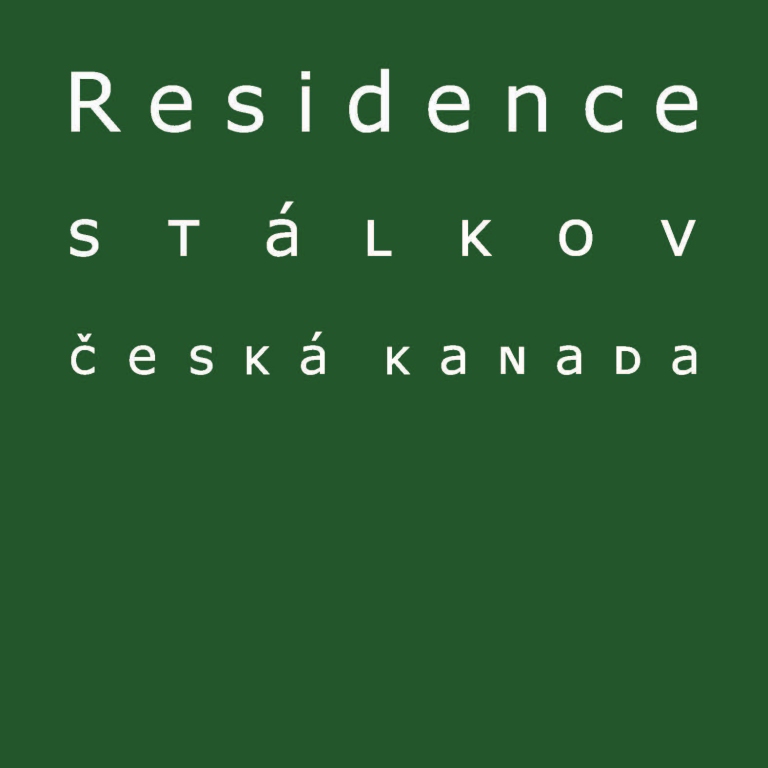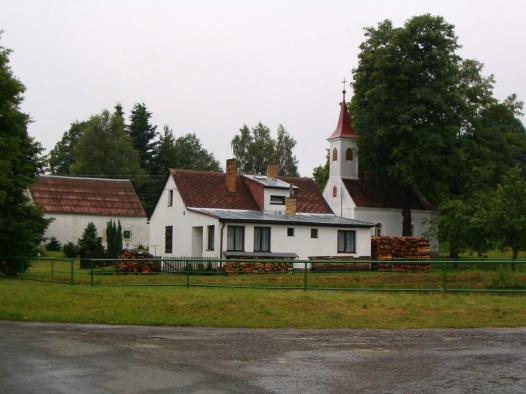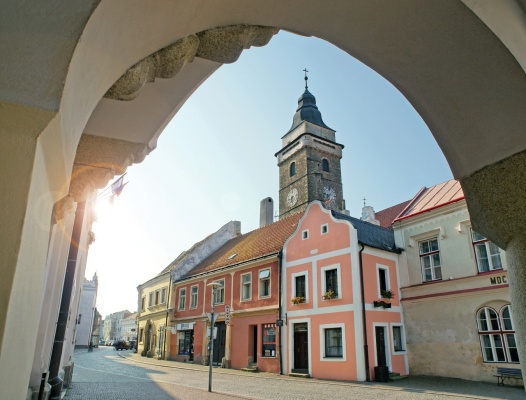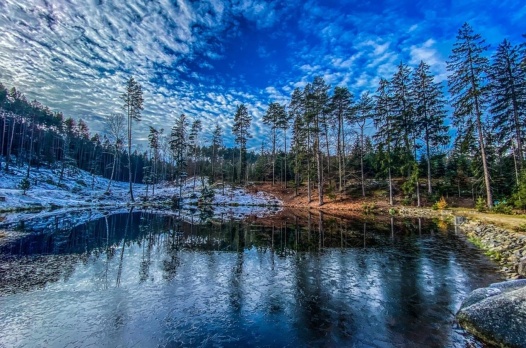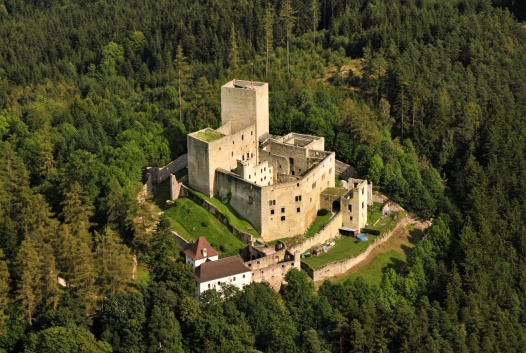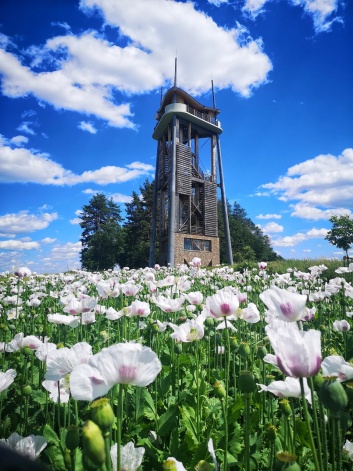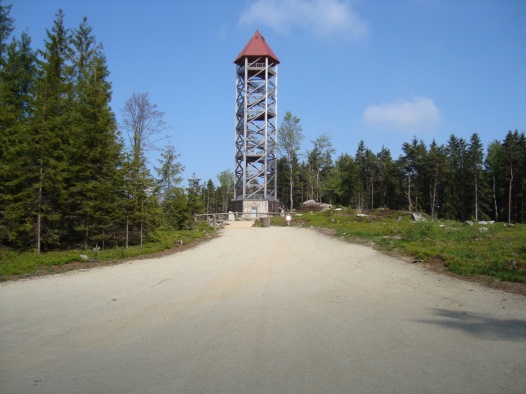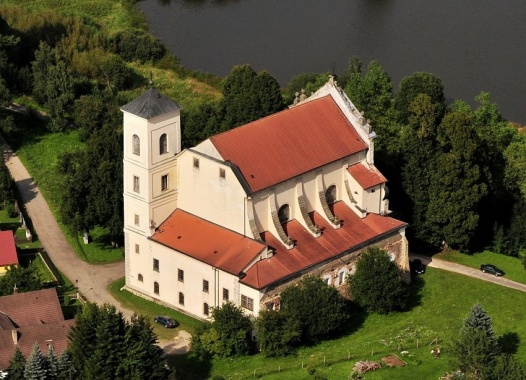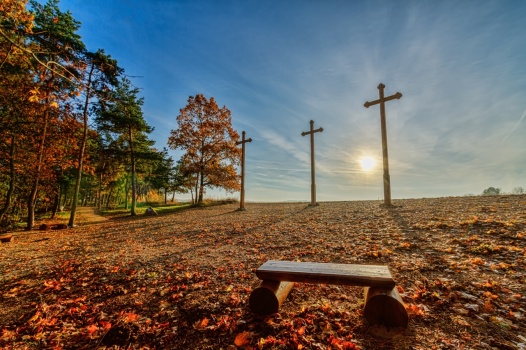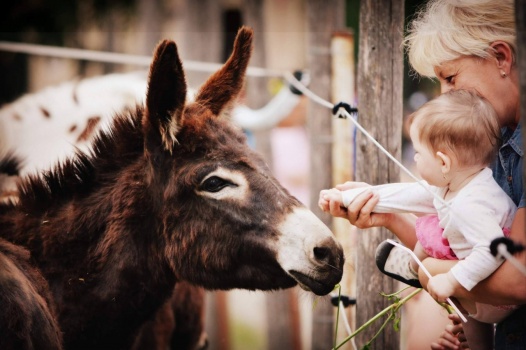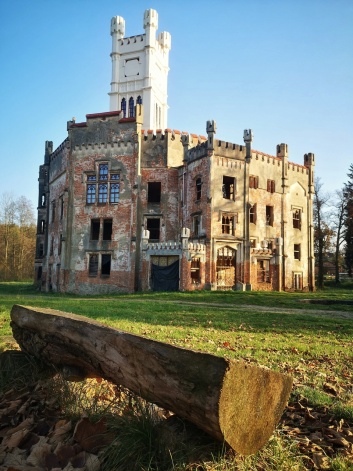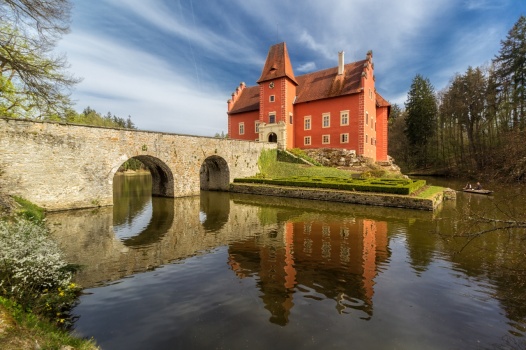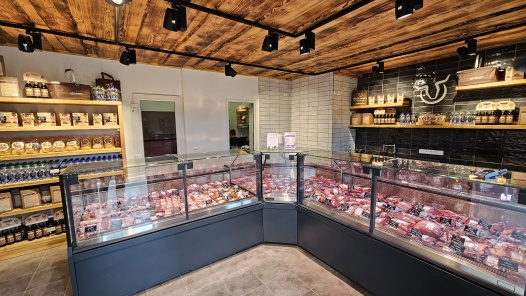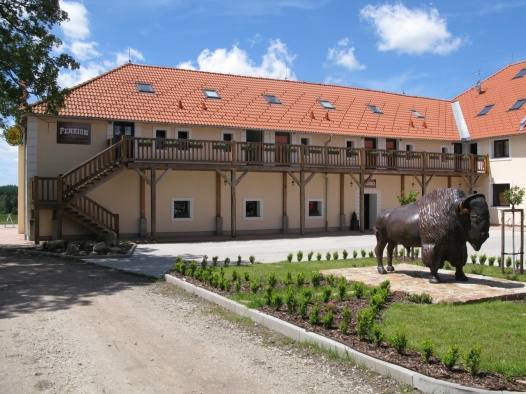Stálkov is a small village located in Czech Canada, a nature park in the south of Bohemia. It is famous for its rock formations, which were formed by erosion. There are also several nature trails in the vicinity of Stálkov, which introduce visitors to the local nature and history.
Among the most important are:
Glasel's Slough - a landscaped overhang in a low granite block that was intended to serve as one of the hiding places of Johann Georg Grasel's band of robbers. the Oracle's Bowl - an oval depression in the rock block which, according to legend, was used for divination. Mine - an artificial rock formation that was probably used as a hideout or storage area.
